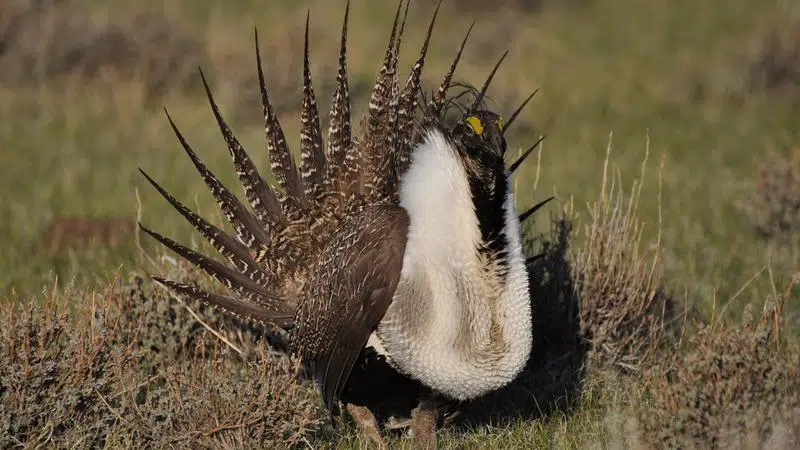
Saskatchewan facing calls to better protect wildlife habitats
Climate change keeps Peter Prebble awake at night and is jeopardizing the future of civilization, according to the Saskatchewan Environmental Society (SES) board member.
He’s calling on the provincial government to take urgent action to protect wildlife habitats in Saskatchewan following the release of the UN Biodiversity Report. The report says about one million plant and animal species worldwide are threatened with extinction.
“I think the report emphasizes the dangers that lie ahead if we don’t do a lot of work at the local level to protect our environment (and) restore ecosystems where they’ve been damaged,” said Prebble.


